Dr. Ian Dunbar’s approach can transform how you and your dog connect for life.
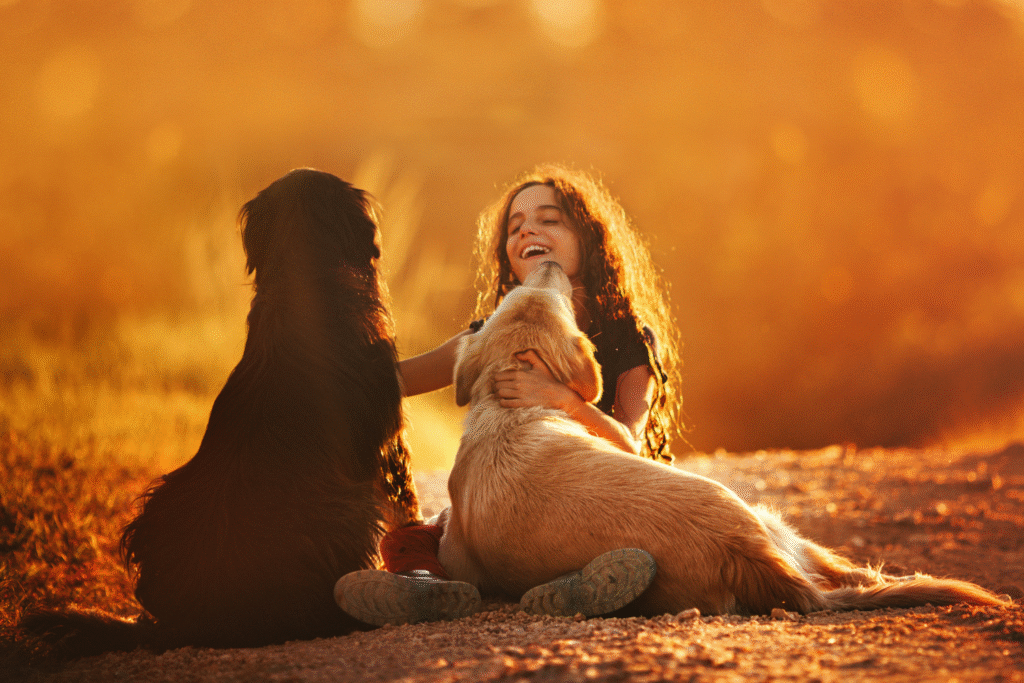
Dogs don’t come with manuals, but Dr. Ian Dunbar has spent decades writing one through research, training programs, and global seminars. Known for pioneering positive reinforcement and early socialization training, he has influenced millions of owners and trainers worldwide. His golden rules are deceptively simple but deeply impactful when applied consistently. These are the takeaways from one of the most respected names in dog behavior and veterinary science.
1. Respect their space before you expect their trust.
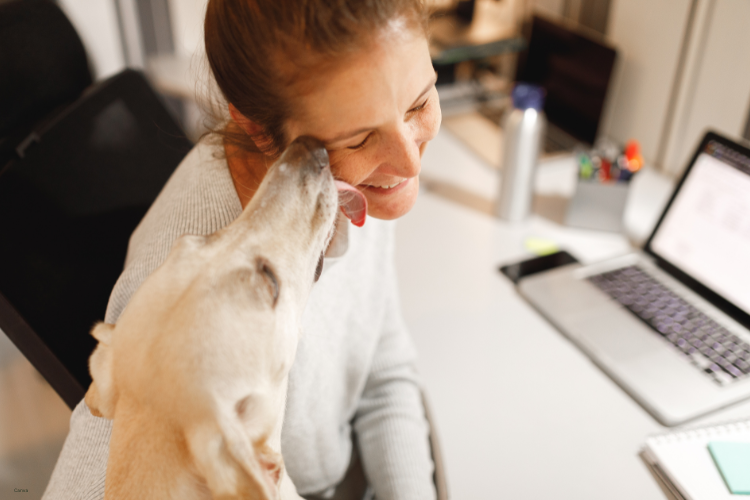
Trust doesn’t grow when a dog is backed into a corner or hugged by a stranger on day one. Many behavior experts, including the American Veterinary Society of Animal Behavior, note that forcing physical contact can spark anxiety or defensive reactions. Dunbar teaches owners to let dogs initiate touch at their own pace, especially rescues or shy personalities.
It sounds small, but that pause sends a powerful message that you’re safe and predictable. Dogs who feel in control of their space tend to relax faster, opening the door for a calmer and more natural bond.
2. Movement fuels their happiness more than luxury toys.
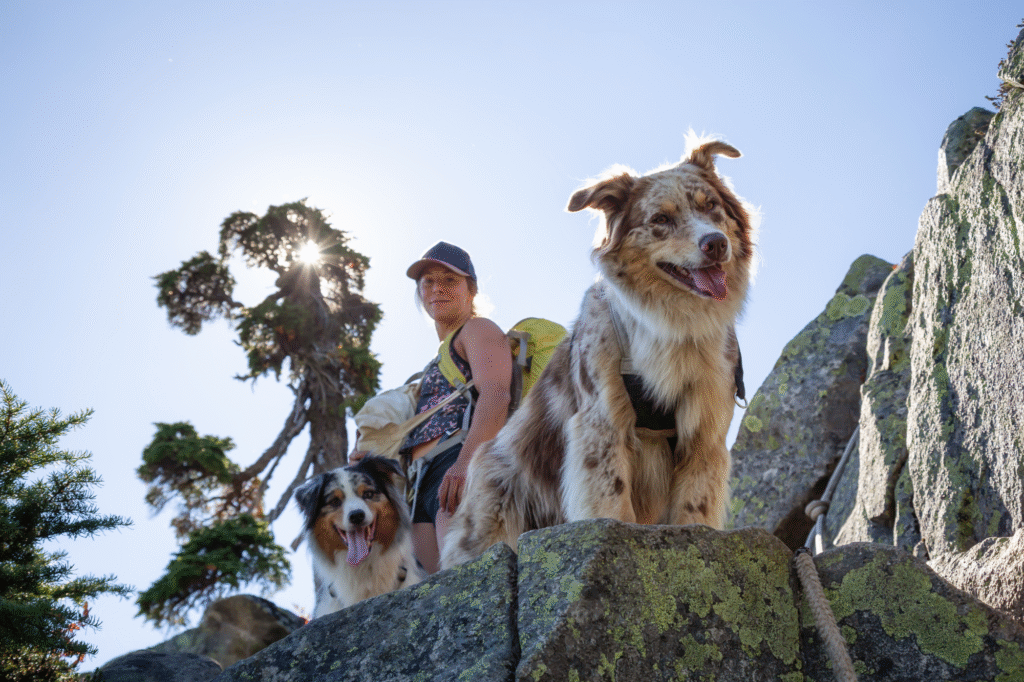
A shelf full of expensive chew toys can’t replace what regular movement does for a dog’s mental health. Studies by the AKC Canine Health Foundation show that dogs deprived of daily exercise are far more likely to develop destructive chewing and separation stress. Dunbar backs this up, reminding owners that motion isn’t optional—it’s therapy.
This doesn’t mean hours of marathons. Even structured scent games, quick fetch drills, or a brisk neighborhood walk can take the edge off anxious or hyperactive behavior. Movement is their reset button, and when it’s missing, no toy on earth will compensate.
3. Your tone of voice teaches faster than any command word.

Most owners assume it’s the word “sit” that matters, when in reality it’s how it’s said. Research from the University of Veterinary Medicine in Vienna found dogs react more to tone and pitch than to vocabulary. Dunbar often points out that commands delivered in calm, steady tones stick far quicker than the ones yelled in frustration.
Adjusting your voice might be the fastest training hack available. Dogs mirror our emotion before they process the word, so staying neutral yet confident builds trust and clarity instantly. The result is a more cooperative, less confused partner at the end of the leash.
4. Leadership means calm consistency, not dominance.

The outdated “alpha dog” approach is still floating around, but Dunbar sees leadership differently. It isn’t about intimidating a dog into obedience—it’s about setting clear, fair rules and following through every single day. When a dog knows exactly what’s allowed and what isn’t, it stops testing boundaries and starts relaxing into predictable routines.
Owners often confuse being firm with being harsh. But yelling or using force tends to create fear, not respect, and fear-based obedience is fragile at best. Calm consistency, on the other hand, builds a relationship based on trust, where your dog chooses to follow because it feels safe doing so, not because it’s scared of what happens otherwise.
5. Nutrition is non-negotiable for behavior success.

Behavior problems aren’t always about training errors—sometimes they’re about what’s in the food bowl. Dunbar often notes that poor diets can lead to irritability, anxiety, or even hyperactivity that feels impossible to manage with training alone. If a dog’s brain and body aren’t fueled properly, no amount of obedience work will stick.
High-quality, balanced diets keep energy levels even and help dogs focus during learning sessions. It’s not about expensive boutique foods but about choosing options that meet your dog’s unique needs for age, size, and activity level. Often, simply upgrading the diet can turn a distracted, reactive dog into one that’s calmer and more eager to work with you.
6. Socialization timing matters more than people think.

There’s a small window in puppyhood that sets the tone for a lifetime. Dunbar is famous for promoting early socialization before 16 weeks, teaching puppies that new people, animals, and environments are safe. Miss that period, and you often end up with an adult dog that fears strangers or panics in unfamiliar places.
Early socialization doesn’t mean tossing a puppy into chaos but creating safe, positive experiences. The payoff lasts for years: confident, resilient dogs that can handle busy sidewalks, house guests, and even the occasional vet visit without melting down.
7. Rest is part of training too.
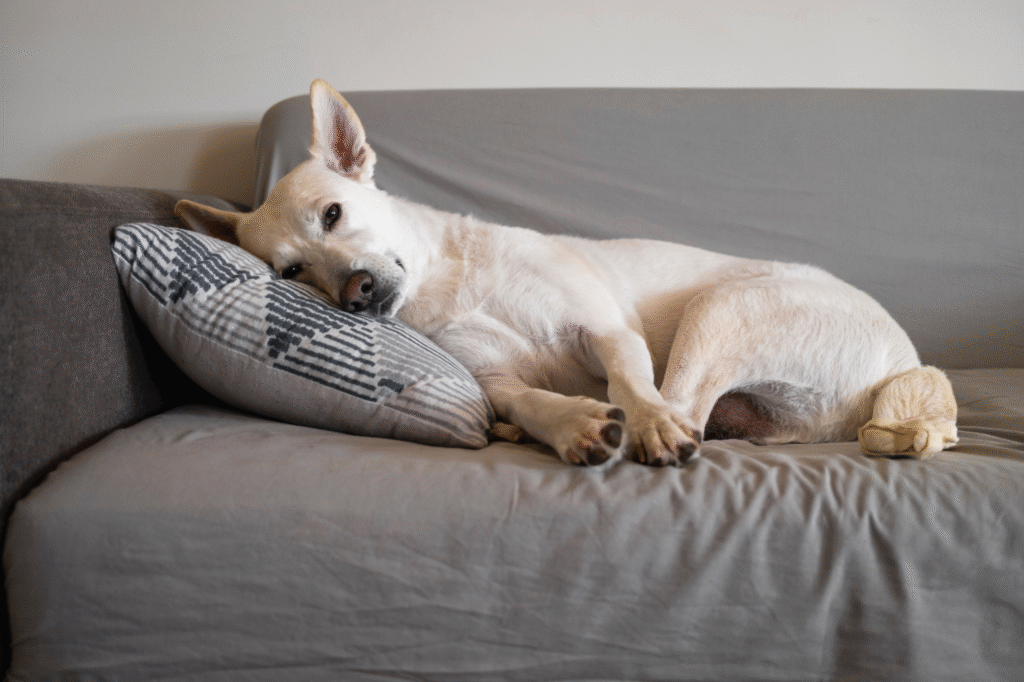
Many owners assume more activity equals better behavior, but dogs need proper rest as much as exercise. An overtired dog is like an overtired toddler—cranky, impulsive, and unable to focus. Dunbar stresses giving dogs a quiet, secure spot to recharge without constant stimulation.
Sleep directly affects memory and mood. A well-rested dog learns faster, behaves better, and recovers quicker from stressful events. Ignoring downtime often backfires, leaving you with a hyper, uncooperative companion who just needed a nap more than another game of fetch.
8. Emotions travel through the leash faster than commands.
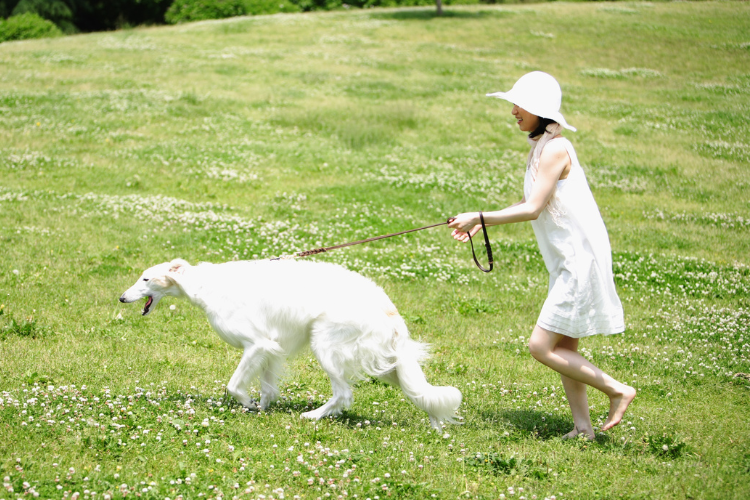
Before you even say a word, your dog feels what’s coming through your hands. A tight grip, jerky movements, or nervous posture tells them to be on high alert. Dunbar points out that dogs often respond not to the command itself but to the emotional energy we project through the leash.
A relaxed grip and calm shoulders signal that everything is fine, which reduces reactivity and keeps walks peaceful. If your dog explodes at every squirrel or passing dog, sometimes the fix starts not with the leash they’re wearing but with the tension you’re holding in your own body.
9. Play should teach boundaries, not chaos.

Unstructured, wild play might seem like harmless fun, but it often teaches dogs bad habits like nipping, jumping, or guarding toys. Dunbar recommends structured play where rules exist—stop when teeth touch skin, swap toys on cue, and take short breaks to bring excitement levels down.
Dogs thrive on play, but the lesson should be self-control, not how to body slam you on the couch. With structured play, you get the same joy and energy burn without creating behaviors you’ll regret later. It’s fun with a purpose, and it pays off every day in calmer behavior elsewhere.
10. Patience will outlast any quick-fix gadget.

Shock collars, no-pull harnesses, and ultrasonic bark devices promise instant results, but Dunbar’s golden rule is simple: behavior built on shortcuts often crumbles. Real results come from consistent training, clear communication, and, above all, patience.
It might feel slower, but patient teaching builds habits and trust that last for life. Quick-fix tools often mask the problem rather than solve it, leaving owners frustrated down the road. When you commit to patience, you get not just a trained dog but a stronger, healthier bond as well.
